
A Town Famous for Pottery in Japan – Mashiko-Cho
In our last article, we wrote about the capital of dumplings and jazz, Utsunomiya. Now to change tones a bit, JAPANKURU visits a town known for its pottery and ceramics industry. Near Utsunomiya, the town Mashiko (益子町) in Tochigi Prefecture is well known for its clay-based pottery "Mashiko-yaki" that uses traditional techniques since the Edo era.
Aside from visiting pottery studios and museums, sake tasting, strawberry picking, and even renting a bicycle and cycling around the area is possible! We had a really nice, relaxed time in Mashiko which made us feel like it was worth writing about!
Kilns used by the pottery master Shoji Hamada at the Mashiko Museum of Ceramic Art.
Being a pottery town, Mashiko-yaki can easily be seen all over town.
Take a Bus from Utsunomiya → Arrive at Mashiko in 50 Minutes
Taking a bus to Mashiko from Utsunomiya Station is super convenient (which is what we did), but you can also take the Kanto Yakimono Liner bus to Mashiko from Akihabara Station but reservations are required. There are buses that take you all around Tochigi from Utsunomiya, but the one to Mashiko is at stop number 14 from the West Exit of the station.

– Kanto Bus (関東バス)
– Bus stop #14, in front of Utsunomiya Station's West Exit
– Bus fee: 1150yen
– Time required: about 50min
– Ride time information page (JPN)
The bus terminal is from the West Exit of JR Utsunomiya Station.
Bus headed for Mashiko (益子).
 Mashiko Travel Guide
Mashiko Travel Guide 
① Rental Bicycles from Mashiko Station
② Visiting a Sake Brewery: Tonoike Sake Brewery
③ Eat All the Strawberries You Want! At Yoshimura Strawberry Park
④ Mashiko-yaki Workshop & Cafe: Kokoro
⑤ Mashiko-yaki Historical Museum: Mashiko Museum of Ceramic Art
⑥ Eat in a Forest: Mori No Restaurant (Forest Restaurant)
① Rental Bicycles from Mashiko Station
Once arriving at Mashiko Station, there is the Steam Locomotive (SL) Taijyu that takes you to many of Tochigi's most popular sightseeing spots like Nikko. You will find a bicycle rental service! It's a great and cheap way to explore the quiet and peaceful area of Mashiko.
You can rent a bike without a reservation for a fee of 400yen for the first 2hrs, then each additional hour will be +100yen.
They just recently got new bikes, so you can be sure of safety and easy control.
★Mashiko Station Bicycle Rental Service


– Daily rental plan: 800 yen

② Visiting a Sake Brewery: Tonoike Sake Brewery
Just a 5min bike ride from Mashiko Station to a well-known Tochigi sake brewery,Tonoike Sake Brewery. The sake from Tonoike Sake Brewery is pretty well-known, but it really made its mark in the sake world when they won gold four years in a row at the Japan Sake Awards which is the largest sake competition in the world. This brewery has a history of about 190 years, starting in 1829, and its traditional brewing methods and high reputation make it a famous tourist spot in Tochigi Prefecture bringing thousands of tourists each year.
With tours of the brewery in both English and Japanese available, you immediately get to see and learn about the production process involved and the history of the brewery. They really explain the significance of doing it all by hand the same way they did back when they started 190 years ago, which shows how they put product quality first over mass production.
Getting to see the brewery and learn about sake is great, but it's the tasting that brings everything together. After the tour, we were brought to their gallery cafe/shop where we could taste various kinds of their sake and alcohol.
1. There are an array of Mashiko-yaki cups on display, pick a cup you like to drink from!
2. Decide what sake and alcohol (strawberry liquor!) you would like to try.
3. Or have a tasting course and compare each one!
Or if you would like to try a pairing, there are daily sets that you can pair a snack with two kinds of sake.
※Kiki-sake set (利き酒セット) 300yen
One thing that sets this sake brewery apart is they have "amazake" (sweet sake) ice cream that is made with the sake from the brewery. It is by far the best thing we have ever tasted! Such a cool idea!
※Amazake soft serve ice cream (甘酒ソフトクリーム) 400yen
Another thing that we have never seen before are cosmetics made of Japanese sake. There is a whole section of creams, toners, oils on display on the other side of the tasting area in the shop. It was explained to us that due to the raw materials in rice, it has a lot of effects and benefits for healthy, beautiful skin. it is effective for skin beauty. We were blown away at how great our skin felt after dabbing some onto our skin.
★Tonoike Sake Brewery (外池酒造)
Google Maps



English page
③ Eat All the Strawberries You Want! At Yoshimura Strawberry Park
Monster Strawberries "Skyberry" vs Traditional Strawberries "Tochi-tome"
There are two varieties of Tochigi's brand strawberries available here, Tochi-tome and Skyberry. What is the difference between the two? Tochi-tome are your traditional strawberries that are most likely to be sold at the grocery store. If you have bought strawberries from Tochigi, they are very likely to be Tochi-tome. The Skyberry strawberries, on the other hand, are big and juicy strawberries that are known as a "high ranking strawberry" that are a bit on the sweet side.
All You Can Eat National Brand Strawberries
The biggest attraction of Yoshimura Strawberry Park is that you can eat an unlimited amount of fresh strawberries for as long as you'd like. Most places give you a time limit but this field lets you eat all you want for as long as you want at a single set price. Not only that, but this is one of the very few places that lets you eat strawberries not only from Tochigi but from other places in Japan.
The fields are safe to eat straight from the vine, just pull the strawberry off and eat! They give you a small tray to put your trash (the green leaf on top of the strawberry) to help keep the field clean and sanitary. Normally places give you condensed milk to eat with the strawberries but Yoshimura Strawberry Park wants you to enjoy the strawberries fresh, and just as they are. The strawberries have a natural sweetness and it is really fun to compare each strawberry's taste so really not having the condensed milk has its perks.
★Yoshimura Strawberry Park (吉村農園)
Google Maps

April 10th〜May 7th 1000yen, Dec1600yen

④ Mashiko-yaki Workshop & Cafe: Kokoro
Since Mashiko is primarily known for their famous pottery "Mashiko-yaki" (益子焼), we went to a cafe and restaurant "Kokoro" (壷々炉) that serves their food and drinks on Mashiko ware as well as sells locally made ware.
Not only is it a cafe and restaurant, there is also a workshop for making Mashiko ware, so if you are interested you can either make your own Mashiko-yaki or buy some made by renowned craftsmen.
If you order a drink here, the cafe staff will pick a Mashiko-yaki cup that best suits the beverage. And with each dish being made specially by hand, no dish will be the same.
We only went here for a quick cup of coffee, but we fully recommend going to their workshop and making Mashiko-yaki for yourselves! The cafe/restaurant has a really nice, cute feel to it, plus they have a dog that is always outside to welcome you!
★Kokoro (壺々炉)
Google Maps


⑤ Mashiko-yaki Historical Museum: Mashiko Museum of Ceramic Art
If you would like to learn more about Mashiko-yaki, you should visit the Mashiko Museum of Ceramic Art (旧濱田庄司邸). This is where Shoji Hamada (濱田庄司), the so-called grand master of Mashiko-yaki and living natural treasure, lived and practiced ceramics. Originally from in Okinawa, he moved to Mashiko to dedicated his life to Mashiko-yaki and set up a kiln here.
It is said that at the time, Mashiko-yaki was just something used for common day items; bowls, plates, cups, etc, but it was because of Shoji Hamada that made Mashiko-yaki viewed as art and something to treasure. When you go to the museum you can still see the kilns Shoji Hamada used, and every year there are events held where they light up the kilns. It was explained to us that the stairway like kiln set up ("noborigama" in Japanese) has the advantage of controlling the intensity of fire along the floor and burning a large amount of pottery at once, which is something unique.
There are many things to see here, like Hamada's house, the museum with exhibits of some of the best Mashiko-yaki ceramics, and even a place for those interested in learning about Shoji Hamada and Mashiko-yaki to stay and study for a period of time. We were surprised to learn that many people, mostly British and American's come on a travelers visa and stay at their facility to learn all they can. Even if you do not have a lot of interest in pottery, we think it's a unique place to see the magnificent old-fashioned Japanese houses and learn something new.
★Mashiko Museum of Ceramic Art (旧濱田庄司邸)
Google Maps

⑥ Eat in a Forest: Mori No Restaurant (Forest Restaurant)
For popular restaurants in the Mashiko area, we recommend Mori No Restaurant, or "Forest Restaurant" (森のレストラン). This place is pretty hidden, mainly because it's in a small forest! Which sort of makes sense that the restaurant would look like a cute little cottage.
In addition to the main dish that you order, you get additional side dishes (about 9 kinds) in a buffet style. Everything is delicious and tastes like it is something a homemade Japanese mother dish. Keep in mind that you are only allowed to go through the line once and to use only one plate, so get all that you think you would want then.
Of course, all the food and drinks are served in/on locally made Mashiko ware. There are surrounding shops and things to do in the forest so if you have time to explore we recommend you do so!
★Mori No Restaurant (森のレストラン)
Google Maps

Dec~Feb 11am~4:30pm
Closed every Friday
Private parking available

A Town Famous for Pottery in Japan – Mashiko-Cho
Be sure to look at JAPANKURU
Or add us on Instagram and Facebook to share your Japanese pictures
COMMENT
FEATURED MEDIA
VIEW MOREMAP OF JAPAN
SEARCH BY REGION

LATEST
VIEW MOREEVENT CALENDAR
VIEW MOREMOST POPULAR
 Tokyo Winter Recommendation: Don’t Miss Tokyo Mega Illumination, Japan’s #1 Light Show
Tokyo Winter Recommendation: Don’t Miss Tokyo Mega Illumination, Japan’s #1 Light Show ป้ายยาสินค้าน่าซื้อในร้านขายยาญี่ปุ่น | KOWA ผลิตภัณฑ์เพื่อสุขภาพสำหรับคนยุคใหม่
ป้ายยาสินค้าน่าซื้อในร้านขายยาญี่ปุ่น | KOWA ผลิตภัณฑ์เพื่อสุขภาพสำหรับคนยุคใหม่ Okinawa Family Road Trip: Japanese Glasses Shopping at San-A Urasoe West Coast PARCO CITY, Discount Coupons, & Okinawa Sightseeing with JINS
Okinawa Family Road Trip: Japanese Glasses Shopping at San-A Urasoe West Coast PARCO CITY, Discount Coupons, & Okinawa Sightseeing with JINS

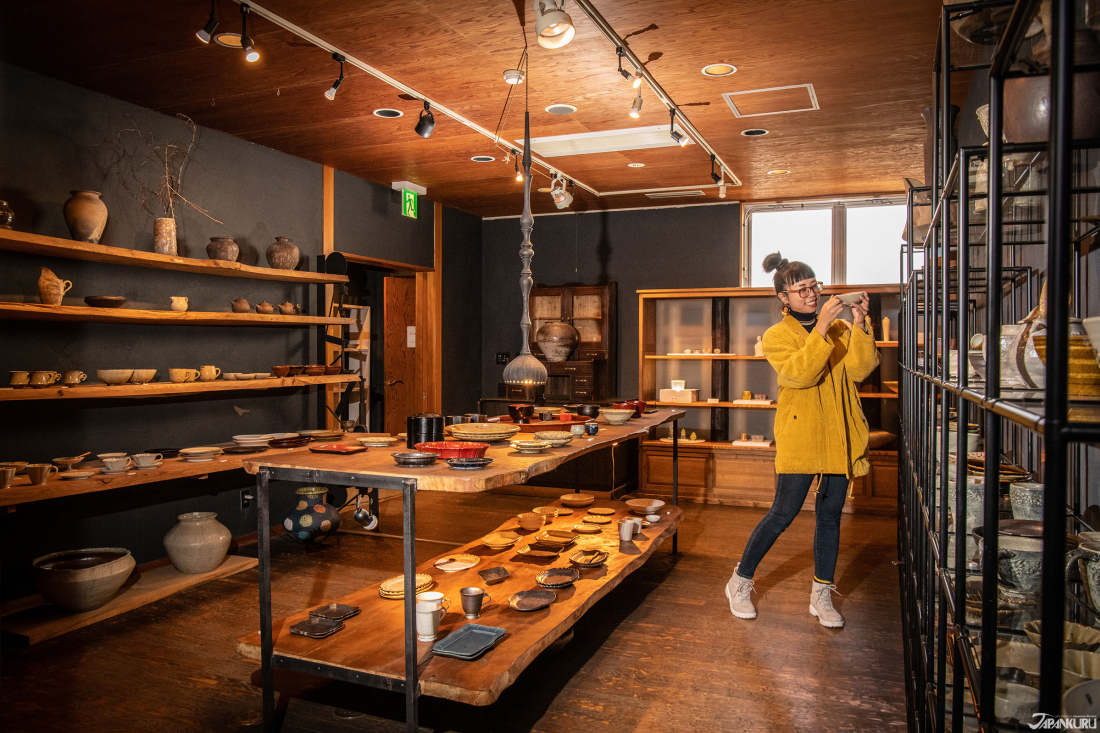










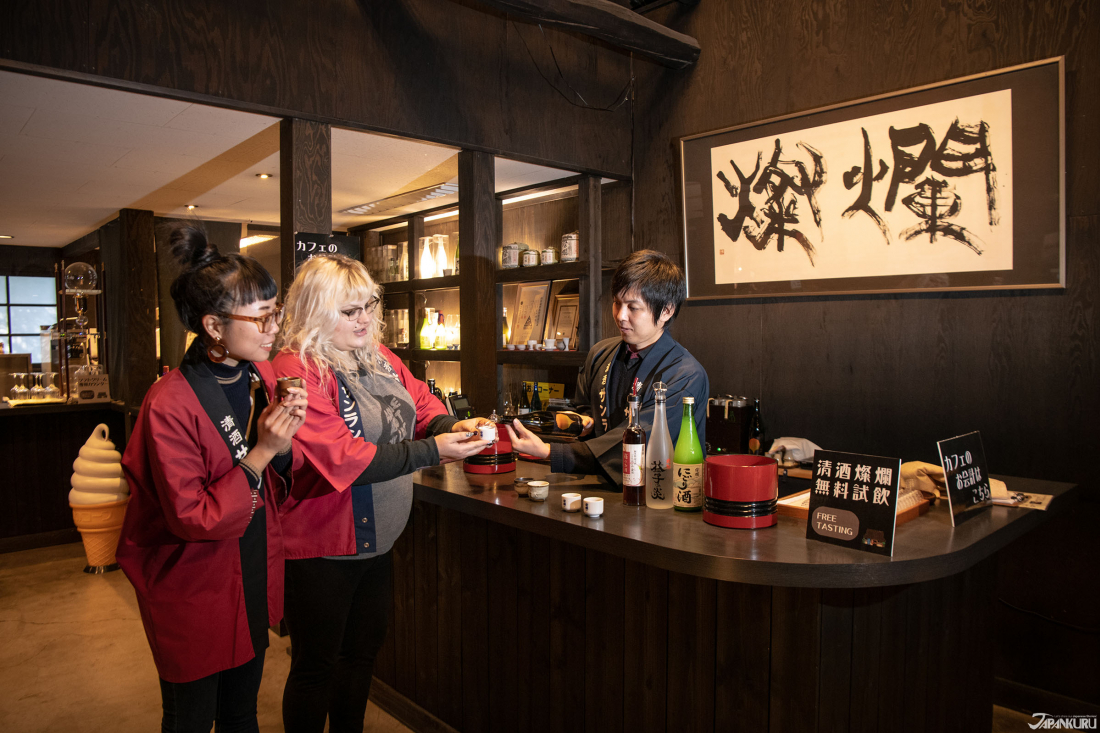










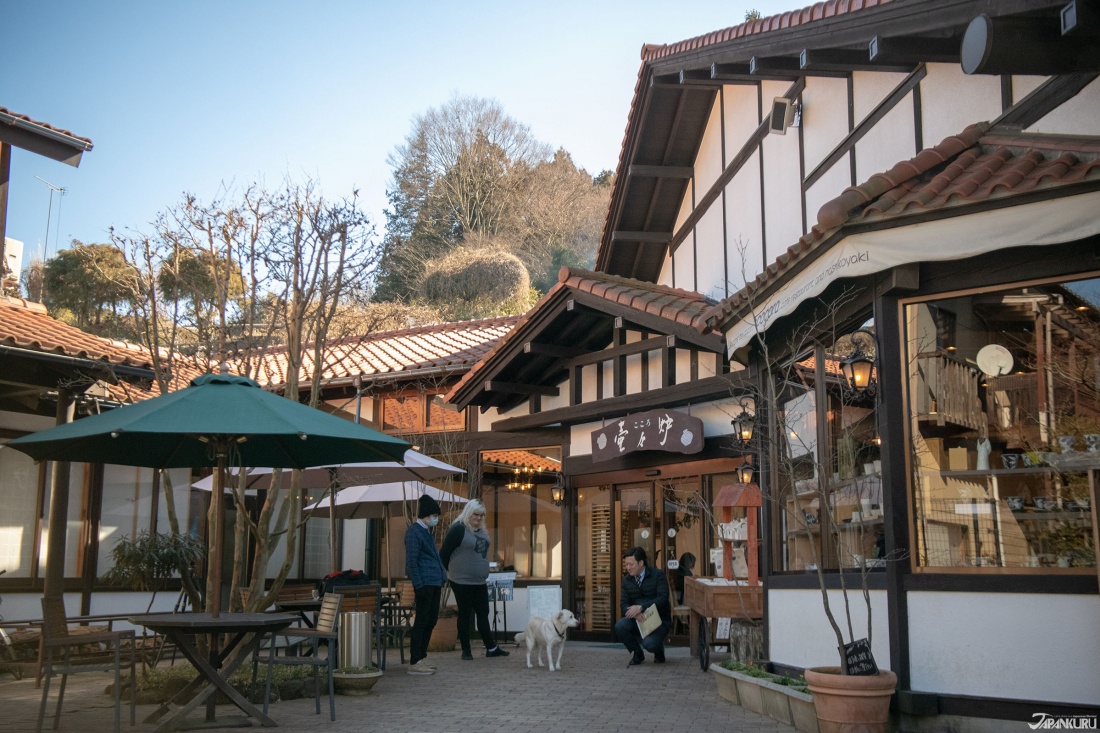
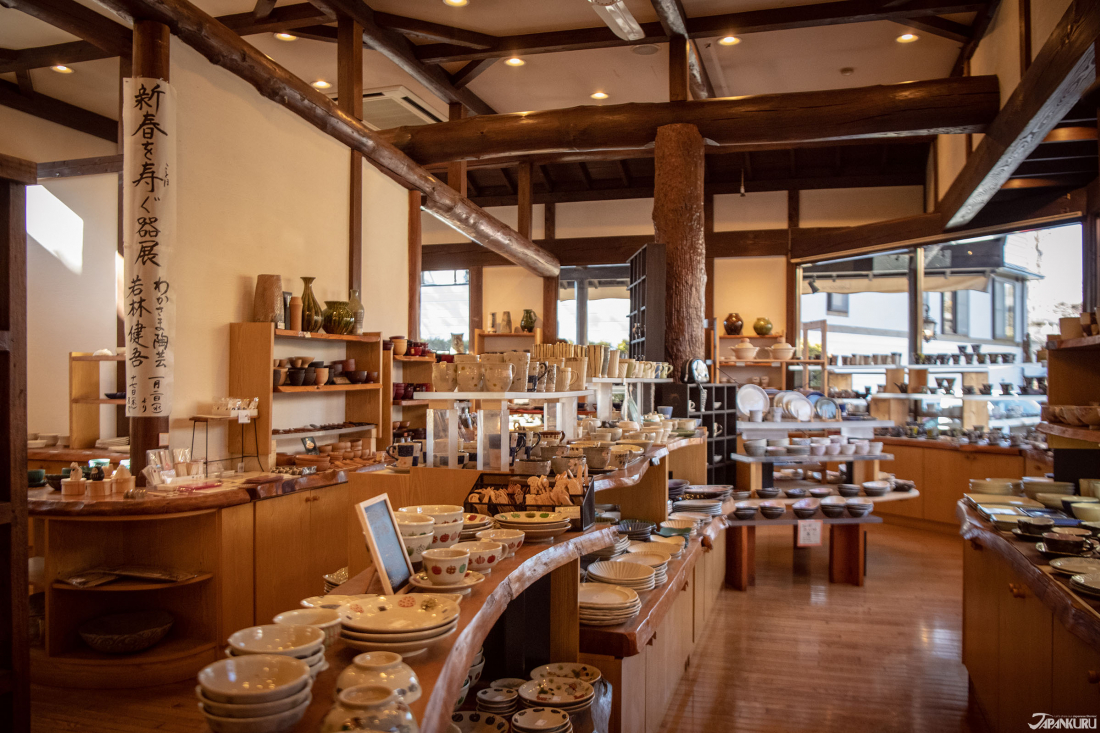



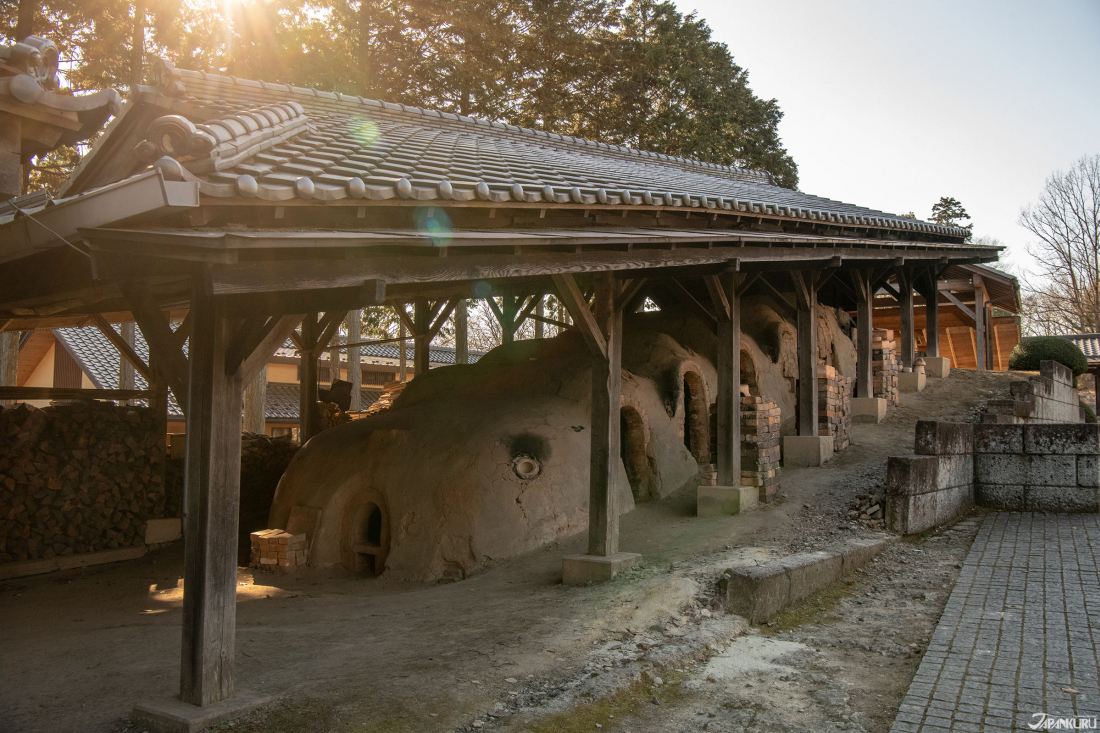





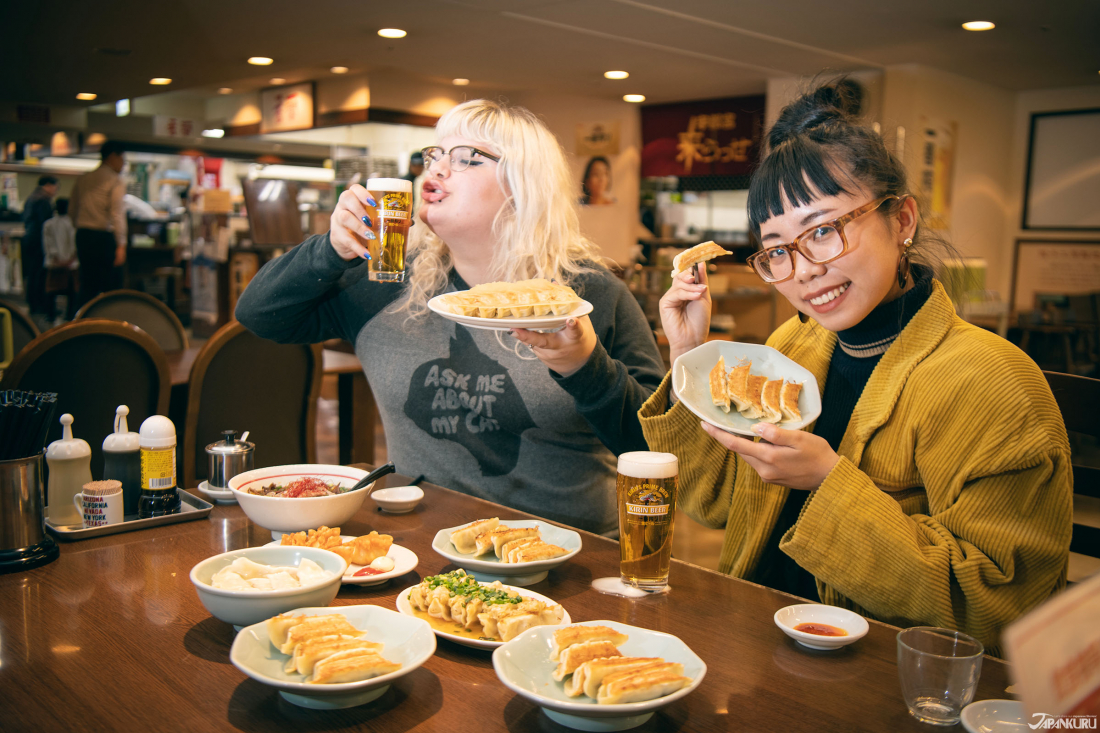
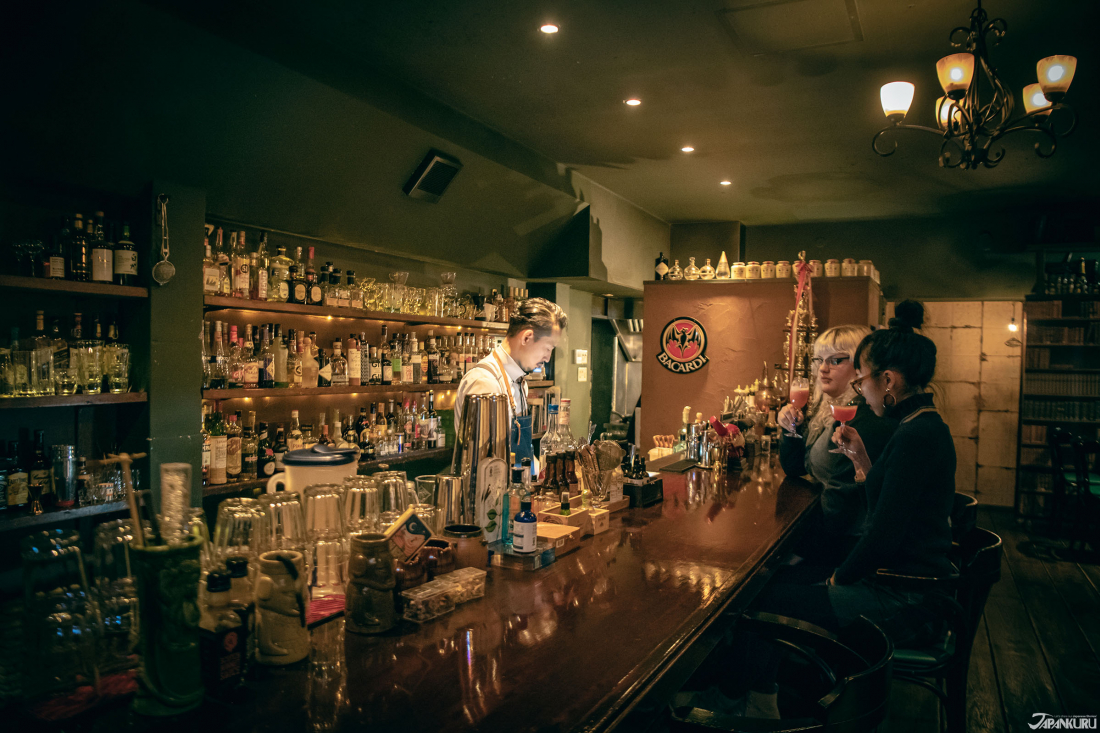






 >> Find out more at Japankuru.com! (link in bio)
#
>> Find out more at Japankuru.com! (link in bio)
#





 The Robot Restaurant is gone, but the Samurai Restaurant is here to take its place. Check it out, and don't forget your coupon!
The Robot Restaurant is gone, but the Samurai Restaurant is here to take its place. Check it out, and don't forget your coupon!
 신주쿠의 명소 로봇 레스토랑이 사무라이 레스토랑으로 부활! 절찬 쿠폰 발급중
신주쿠의 명소 로봇 레스토랑이 사무라이 레스토랑으로 부활! 절찬 쿠폰 발급중
 18歲以上才能入場的歌舞秀,和你想的不一樣!拿好優惠券去看看~
#tokyo #shinjuku #samurairestaurant #robotrestaurant #tokyotrip #도쿄여행 #신주쿠 #사무라이레스토랑 #이색체험 #할인이벤트 #歌舞伎町 #東京景點 #武士餐廳 #日本表演 #日本文化體驗 #japankuru #japantrip #japantravel #japanlovers #japan_of_insta
18歲以上才能入場的歌舞秀,和你想的不一樣!拿好優惠券去看看~
#tokyo #shinjuku #samurairestaurant #robotrestaurant #tokyotrip #도쿄여행 #신주쿠 #사무라이레스토랑 #이색체험 #할인이벤트 #歌舞伎町 #東京景點 #武士餐廳 #日本表演 #日本文化體驗 #japankuru #japantrip #japantravel #japanlovers #japan_of_insta
 코지마 x 빅 카메라 쿠폰으로 일본 가전 제품 쇼핑하기
#pr #japankuru #japanshopping #kojima #biccamera #japaneseskincare #yaman #dji #osmopocket3 #skincaredevice #日本購物 #美容儀 #相機 #雅萌 #日本家電 #일본여행 #면세 #여행꿀팁 #일본쇼핑리스트 #쿠폰 #일본쇼핑 #일본브랜드 #할인 #코지마 #빅카메라 #japankurucoupon
코지마 x 빅 카메라 쿠폰으로 일본 가전 제품 쇼핑하기
#pr #japankuru #japanshopping #kojima #biccamera #japaneseskincare #yaman #dji #osmopocket3 #skincaredevice #日本購物 #美容儀 #相機 #雅萌 #日本家電 #일본여행 #면세 #여행꿀팁 #일본쇼핑리스트 #쿠폰 #일본쇼핑 #일본브랜드 #할인 #코지마 #빅카메라 #japankurucoupon























































